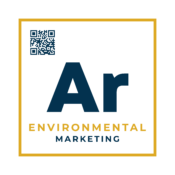
- All Articles, Energy, Environmental
- 0 Comments
A New Era of Agriculture: How Microgrids Are Powering Indoor Farms Farms are headed indoors, and with the move to a more controlled climate, comes the surge in energy demand. Controlled Environment Agriculture (CEA) is growing rapidly and is expected to surge to $377.6 billion by 2032. CEA and indoor vertical farming are making food […]
Read More








